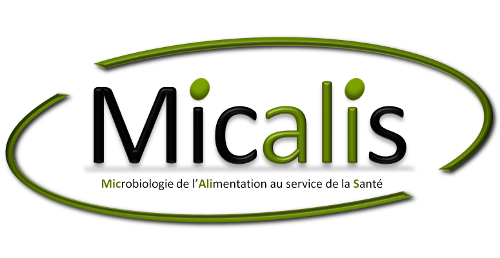Enzyme promiscuity
Beyond the classical definition of enzyme as specific to its substrate and reaction that catalyzes, enzymes often own the capability of promiscuity, i.e. to catalyze more than one reaction (catalytic promiscuity) or to show broad substrate specificity (substrate promiscuity). Enzyme promiscuity has been related to the evolvability of proteins, as a mechanism that can be traced in the divergence of enzyme families and superfamilies. Inspired by this mechanism of natural evolution, enzyme promiscuity can serve in the lab as a starting place for directed evolution of enzymes capable of new functions, such as in biocatalysis, degradation of novel synthetic chemicals, or in other innovative ways in the context of synthetic biology. These potential applications of enzyme promiscuity in biotechnology have motivated us to develop in-silico protein engineering methods to add or enhance latent catalytic activities in existing enzymes, as a way to complement wet-lab methods such as site-directed mutagenesis and directed evolution.
Our approach to this problem has been based on the implementation of a molecular signature-based support vector machine (SVM) for the prediction of catalytic and substrate promiscuity. The use of linear kernels in the SVM allows to decompose its output into the individual contributions of signatures to the prediction of catalytic promiscuity.
The Promis Server is a web-based implementation of our method that provides predictions of catalytic and substrate promiscuity on enzyme sequences by an SVM trained on molecular signatures. Implementation details and application examples can be found in:
Carbonell P, Faulon JL. Molecular signatures-based prediction of enzyme promiscuity. Bioinformatics, 2010. | doi: 10.1093/bioinformatics/btq317
Furthermore, we are interested in investigating the mechanisms of natural evolution that foster the emergence of new catalytic functionalities by means of a molecular signature-based characterization of enzyme promiscuity in metabolic networks.



